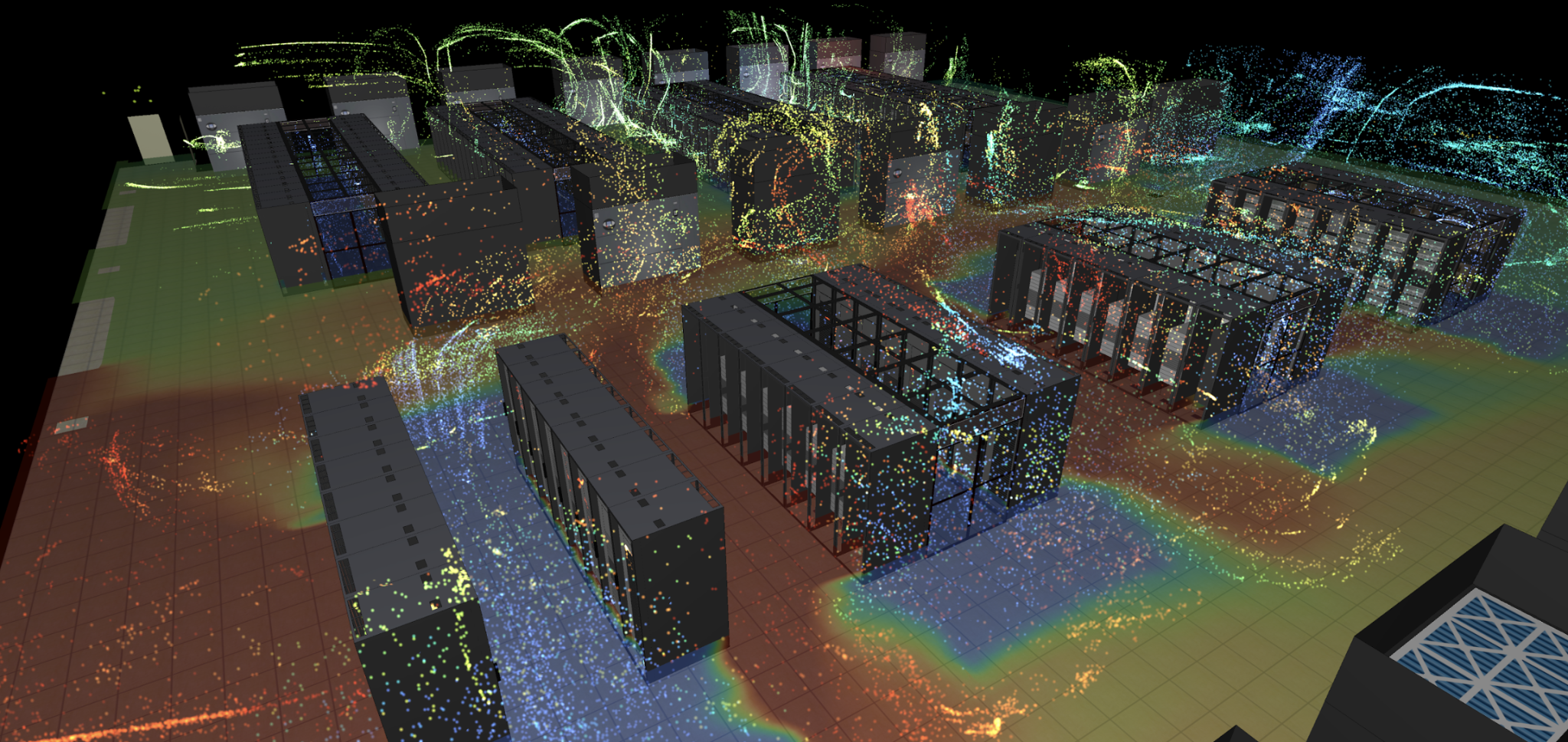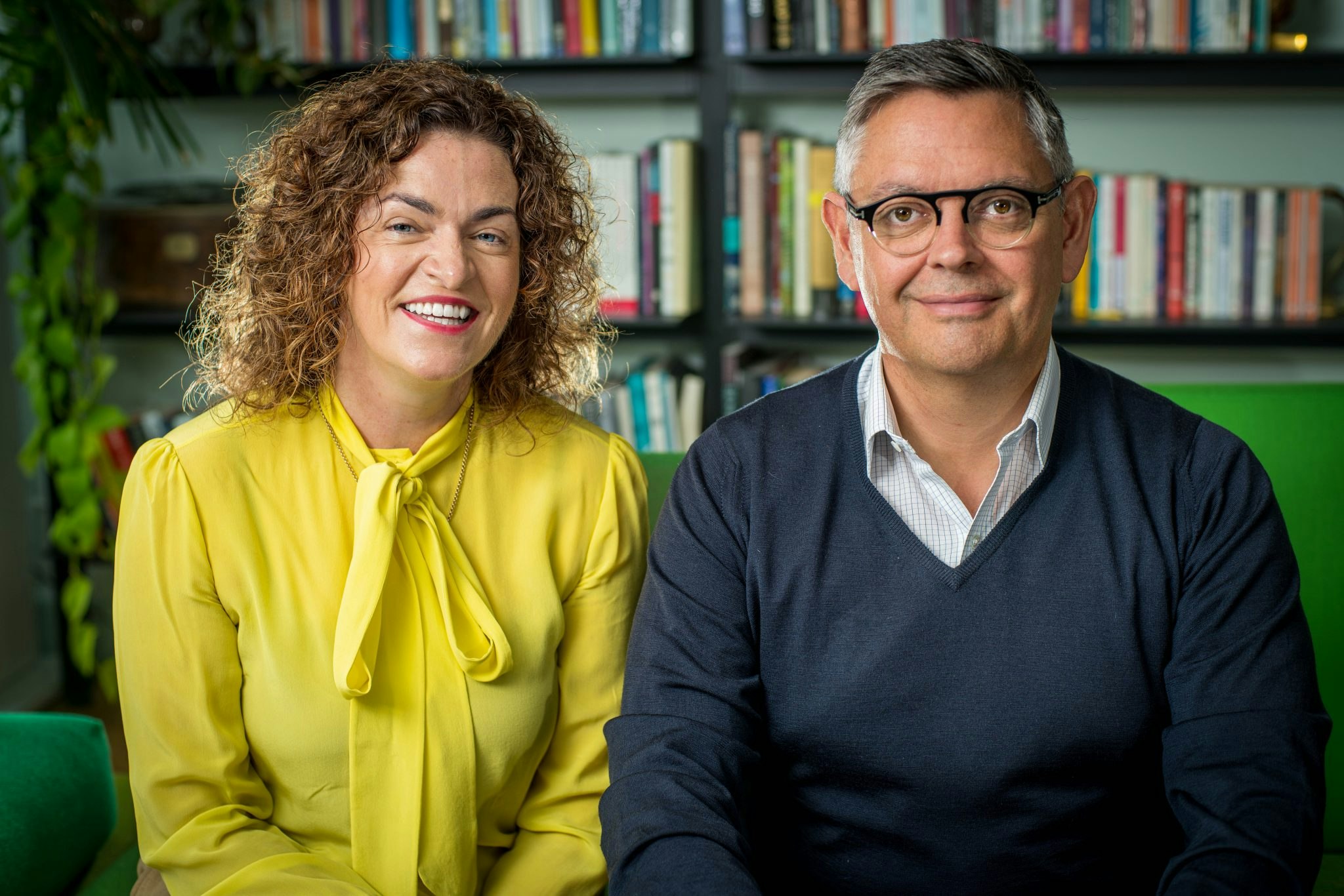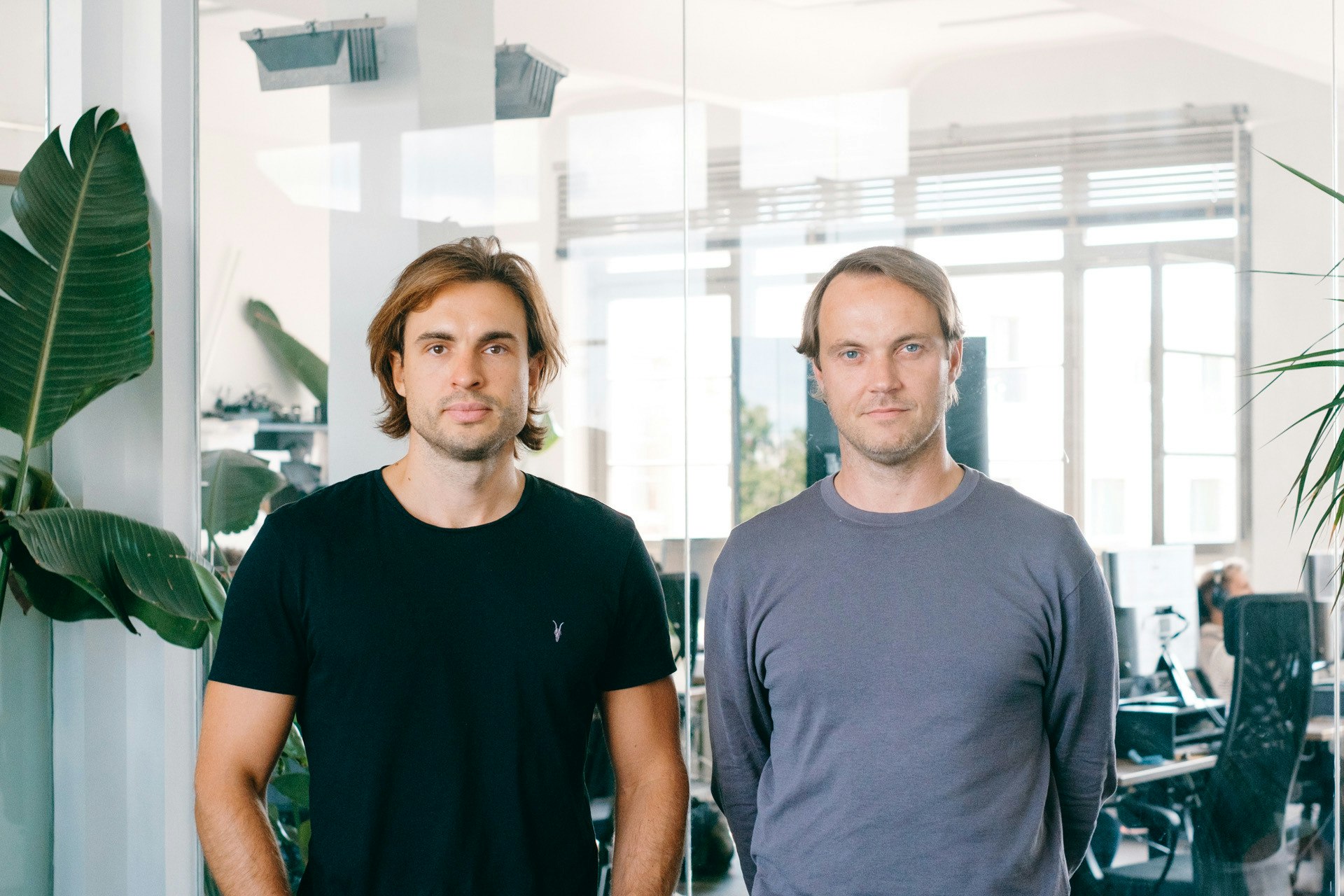The financial press loves to compare investors to Midas, the mythical king who could turn anything he touched into gold. The comparisons are often over-blown; but if there were to be any two folk who came close to having the Midas touch in the climate tech world, it would be Swedish financiers Harald Mix and Carl-Erik Lagercrantz.
Thrice over, climate tech companies started by Vargas, their company builder and investment company, have turned into unicorns — the closest thing to gold in the startup world. Northvolt, Europe’s best-funded gigafactory; green steel startup H2 Green Steel and battery storage startup Polarium have together raised more than $20bn.
As another climate tech investor puts it: “If Vargas is behind something, it simply cannot fail.”
A lunch date and a Peruvian novelist
Vargas started with a lunch date. It was 2014 and Mix was running Altor, a private equity fund based in Sweden. Among the companies it had backed was Northstar Battery, which produced lead acid batteries.
“One of the guys who worked at Northstar Battery came to me and said he had an idea to build a company targeting lithium batteries, and asked if I wanted to be his angel investor,” Mix says. “I thought it was a great idea, but I had a very busy schedule at Altor.”
Luckily, Mix had a lunch date booked with Lagercrantz, who had been working in the telecoms industry – the batteries the Northstar alum was interested in are the ones used in telecoms towers.
Out of the lunch date, the two founded Vargas, with the end goal of cutting global emissions by 1%. Vargas is named after Nobel-prize-winning Peruvian novelist Mario Vargas Llosa (Lagercrantz is a big fan).
When asked where the initial funding for Vargas comes from, Mix laughingly replies, “You’re looking at it.” He and Lagercrantz clearly get on well — on our call, they excitedly talk over each other and chip in to finish each other's points.
After their initial meeting, Lagercrantz and Mix drew up business plans with Stefan Jansson, the former employee from Northstar. The company idea he had, in 2015, became Polarium, which builds batteries for energy storage. Polarium has raised $268m in total; though after becoming a unicorn saw its valuation half in its latest fundraise.
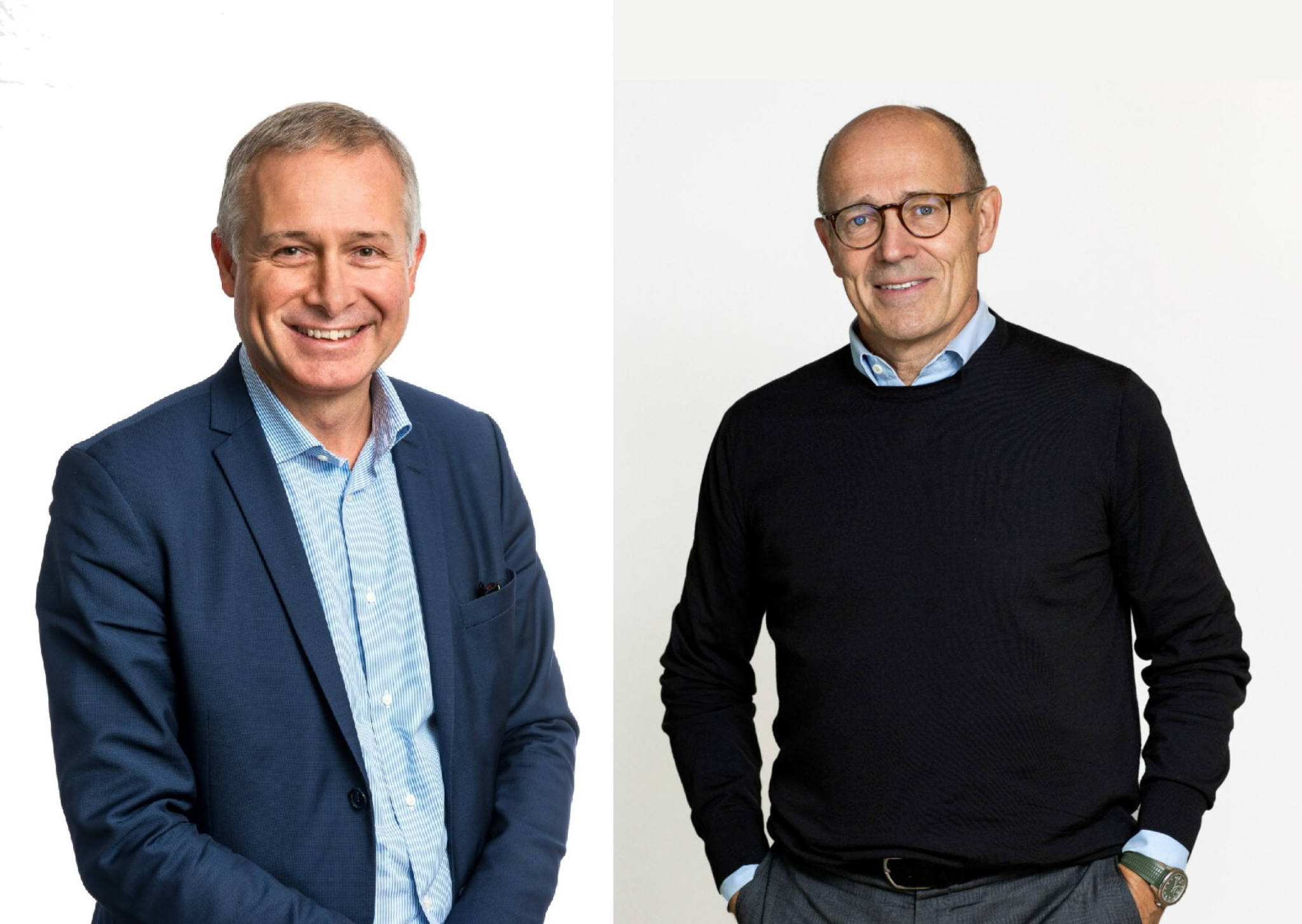
“A Swedish guy had just stepped out of Tesla”
In the Vargas world, one company tends to lead to the idea for the next. While working on Polarium, the team got thinking about Europe’s reliance on Asia for battery cell production — over 90% of lithium batteries for EVs are made in China. They looked to the US and Tesla, which had just set up its Nevada gigafactory to reduce the company’s reliance on external battery suppliers by producing its own.
“Then I saw that a Swedish guy had just stepped out of Tesla having worked on procurement there. His name was Peter Carlsson,” says Lagercrantz. “I found him on Linkedin and he had his number on there. If he hadn’t had his number there, maybe I would have just dropped it.”
Lagercrantz, not realising Carlsson was still living in California, rang him in the middle of the night. Carlsson answered, unfazed, saying he was used to 24/7 calls from Tesla boss Elon Musk.
Carlsson headed home along with Paolo Cerruti, who also joined from Tesla, and the two met Mix and Lagercrantz. They “took a white sheet of paper and did a very, very detailed feasibility study,” says Mix, working out if there was a customer base for a European gigafactory and if it would be possible to finance it.
In 2015, Northvolt was born — initially under the less catchy name SGF (Swedish Gigafactory), following in Sweden’s long history of acronymic names — IKEA, ABB, etc. Today, Northvolt is Europe’s best-funded gigafactory and has touted a $20bn IPO. Vargas wrote the first cheque but is now a single-digit shareholder — the company’s cap table includes BlackRock, Goldman Sachs, Volkswagen and Spotify founder Daniel Ek.
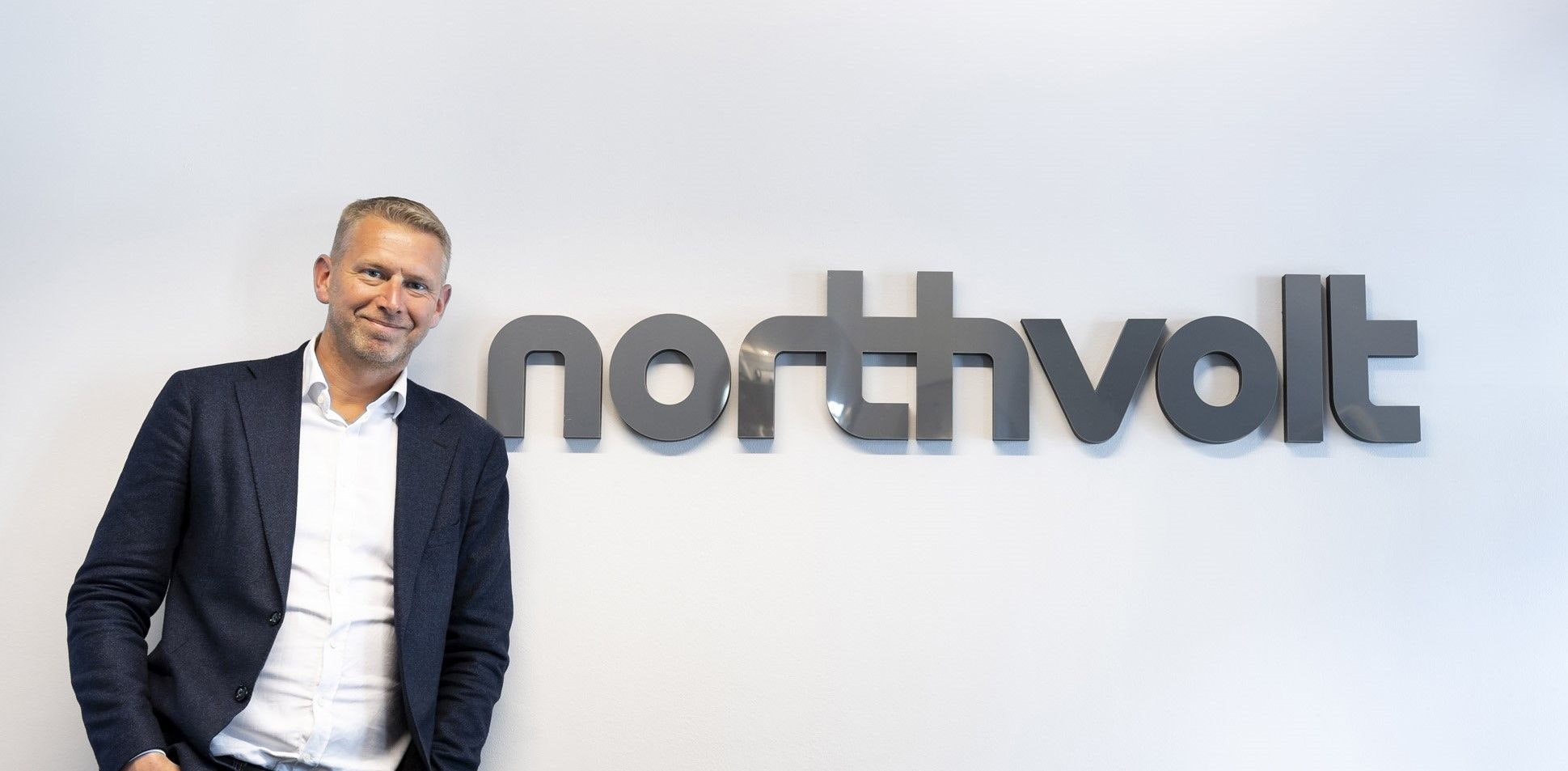
“We’ve seen this movie before”
Vargas’ next act came out of a Northvolt board meeting. Volkswagen, an investor in Northvolt, shared its decarbonisation needs, which involved, not only electrification through batteries but also cleaner materials, including steel.
“When we listened to Volkswagen, we said, we've seen this movie before: about batteries,” says Mix. The team underwent the same process as it did for Northvolt, working out if there was customer appetite for greener steel, and if it was possible to finance it. From there, in 2020, Vargas started H2 Green Steel, a company which produces steel using hydrogen rather than emissions-intensive coal.
“The only thing that was missing was: who is the Peter Carlsson this time around?” Mix brainstormed ideas with Henrik Henriksson, the then head of vehicle manufacturer Scania, which had invested in Northvolt.
“I could tell there was a twinkle in his eye,” Mix says: Henriksson ended up leaving Scania to join the newly formed H2 Green Steel as its CEO.
H2 Green Steel, which is building its steel plant in northern Sweden, has raised €2.2bn in equity to date and €4.3bn in debt. Last year, it announced a €1.5bn equity raise; the largest round in Europe in 2023. Investors include Al Gore’s Just Climate Fund, GIC and Temasek.
H&M knocks on the door
Another climate tech investor tells me he thinks Vargas’ success lies in identifying the tailwinds created by regulation and building companies based on them. When I put this to Lagercrantz, he says Vargas thinks of itself as an “enabler” for companies which have to get in line with policy.
Car companies, for example, are being pushed by regulation to electrify their vehicles. “They cannot do it themselves,” says Lagercrantz. “We can come in and enable a long-term solution to reach that long-term strategy. That's financially a good proposition for them.”
Vargas’ latest venture, Syre, is a good example of that. It’s a joint venture with clothing giant H&M. The Swedish clothing company's CFO had had lunch with Susanna Campbell, who is a board member of Northvolt and H2 Green Steel, and she suggested Vargas as a partner to help launch a business that could help the fashion giant hit its sustainability targets.
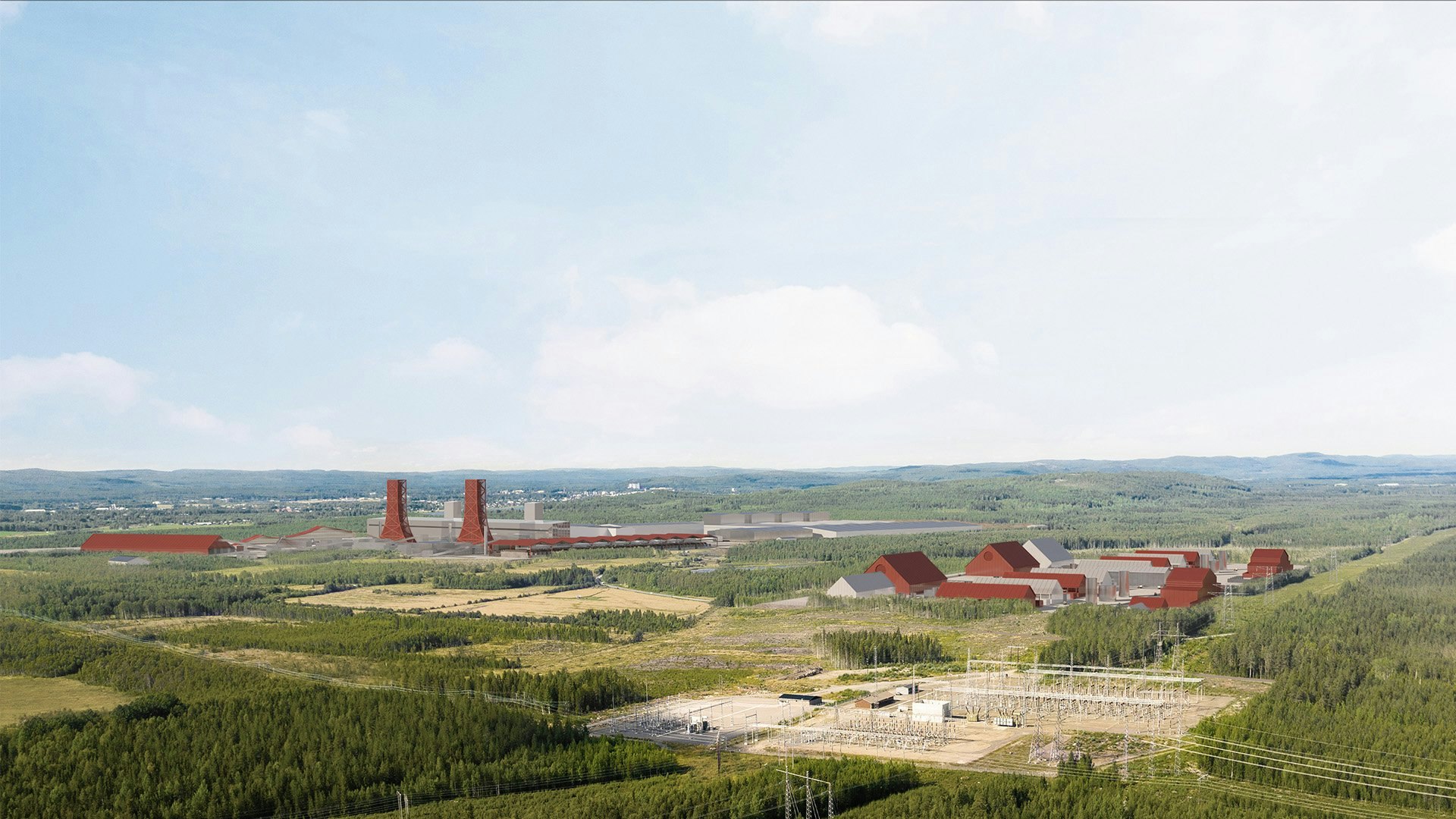
“If you want to scale anything, [Vargas] are the people that you turn to,” Dennis Nobelius, CEO of Syre — which came out of stealth mode earlier this year — tells me.
Syre is working on a process which recycles polyester back into a material that can be used for clothing, or things like car airbags. Its first plant is in the US state of North Carolina and it has plans for commercial scale plants in southern Europe and Asia. Syre was seeded by money from H&M and Vargas, and it’s also signed a commitment from private equity fund TPG for $50m.
The Vargas playbook
Central to Vargas’ success has been working out how to fund a new generation of large-scale, capital intensive infrastructure startups.
Gigafactories and hydrogen-powered steel plants carry more risk than conventional infrastructure investments like offshore wind and solar. On the other hand, they’re far too capital intensive to be funded by venture capital — the investor base which has typically taken on the most risk.
“It's about educating and bringing new investors on board with this new asset class,” says Mix. “It isn’t quite private equity, it’s not quite infrastructure, not quite growth, not VC. It's probably something in between infra and PE.”
It helps that Mix and Lagercrantz are clearly well-connected — something the heads of the Vargas companies are quick to point to. Investors often pop up on more than one Vargas company cap table: Ek, Swedish financier Cristina Stenbeck, Scania and the IMAS Foundation have all backed both H2 and Northvolt, for example.
Offtake agreements — a contract where a customer agrees to buy a product in advance — are also a key part of the Vargas playbook. It’s a crucial tool for infrastructure companies that need capital well ahead of any incoming revenue.
Northvolt has secured offtake agreements with BMW, Volkswagen, Scania and Volvo. H2’s lined up IKEA, Scania and Mercedes Benz. “It’s about continuously building that anchor customer base,” says Mix.
Nobelius, CEO of Syre, says the company aims to follow the “same playbook as Northvolt” by building a cap table and signing off-take agreements with competing brands. That way, he says, they can create an “industry movement”.
There’s no doubt that the success of Vargas’ older companies helps out the younger ones.
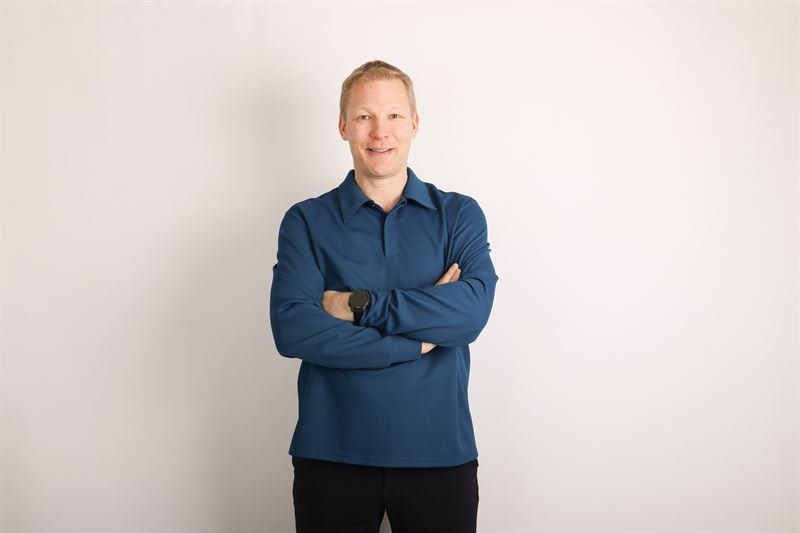
Vargas’ other recently-launched venture is Aira, a direct-to-consumer heat pump business. It launched in June last year and raised a €145m Series B round from Singaporean sovereign wealth fund Temasek (which had previously backed H2 Green Steel).
“To be very frank, the early success of Northvolt, Polarium and H2 Green Steel definitely made life easier for Aira,” says Martin Lewerth, the startup’s CEO — who, in Vargas style, previously worked at Scania and Kinnevik, a Swedish investment firm which counts Mix as a board member.
Being able to reference Northvolt helped get early employees on board, Lewerth says. Aira’s also received a significant amount of press in its short lifetime, with articles often referring to the company’s link back to the Swedish gigafactory.
Operators across the Vargas group share learnings with each other too. Emma Stjernlöf, head of people and communications at Syre, says someone from the company meets their equivalent from another Vargas company “on a weekly basis”.
“There’s a great opportunity to bring the learnings we have from each individual vertical to the next,” says Lagercrantz. Sharing learnings can help shorten timelines for newer companies, he adds.
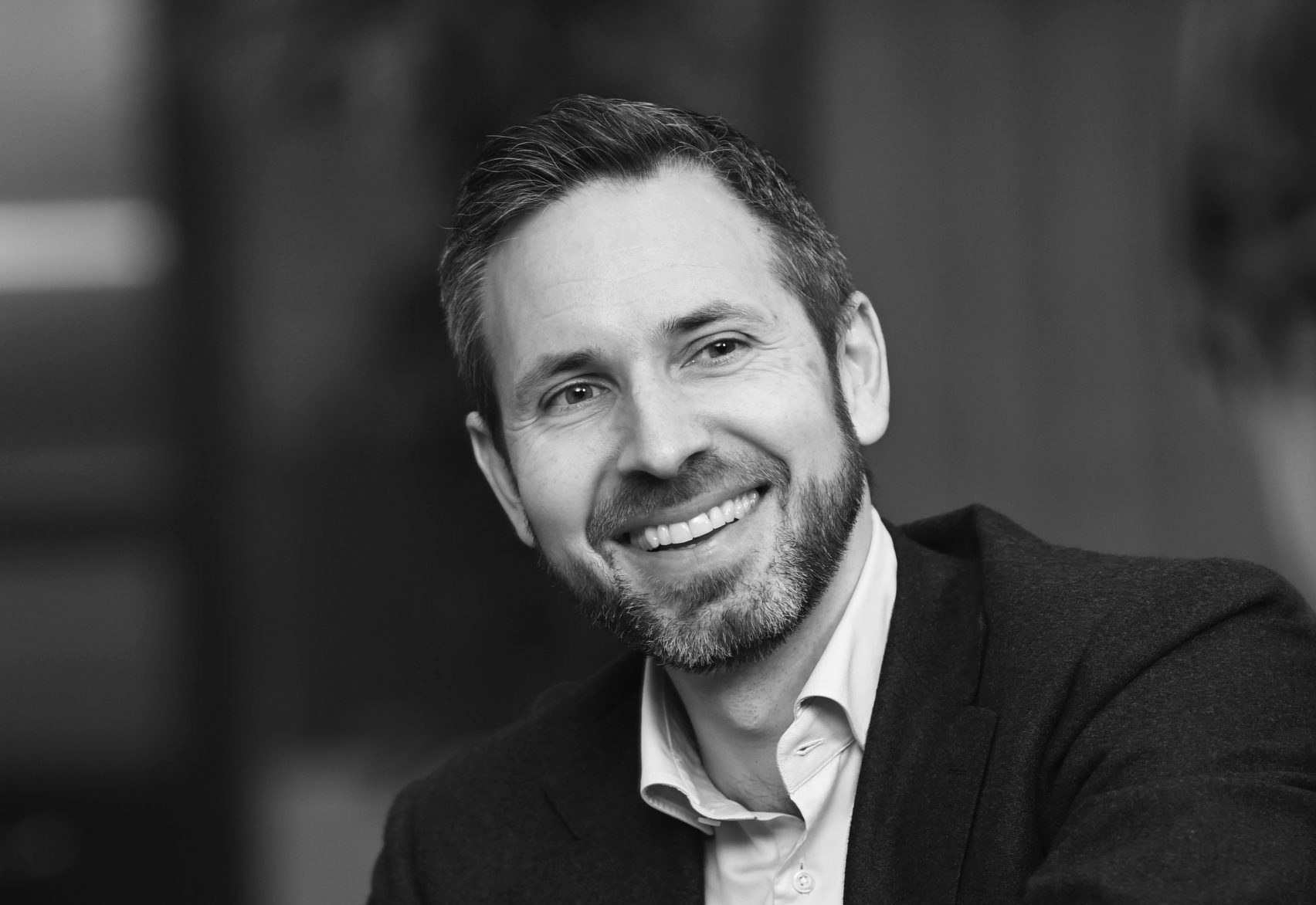
What’s next?
Mix and Lagercrantz don’t give much away when I ask what Vargas’ next company could look like. “We are exploring other areas that could have similarities,” says Mix. When pressed, he remains tight-lipped: “It could be many things.”
“I think the opportunity to make the biggest dent is to advance what we have a lot in the portfolio today,” says Lagercrantz. He’s focused on “regionalisation” — the idea that each part of the world will need its own, decentralised supply of green technologies. H2 Green Steel is considering expanding into Brazil, for example: a well-suited destination given the abundance of hydroelectric power and iron ore.
Mix riffs off a few other areas that existing companies could move into. He could see a move into hydrogen production — H2 is building one of the world’s largest hydrogen production plants as part of its steel plant in Sweden. Equally, Aira could move into supplying other energy tech to consumers, beyond heat pumps, Mix says.
There’s a lot to look out for in the Vargas world — not least the hotly anticipated IPO of Northvolt. No Vargas company is yet to open itself up to the judgement of the public markets.
